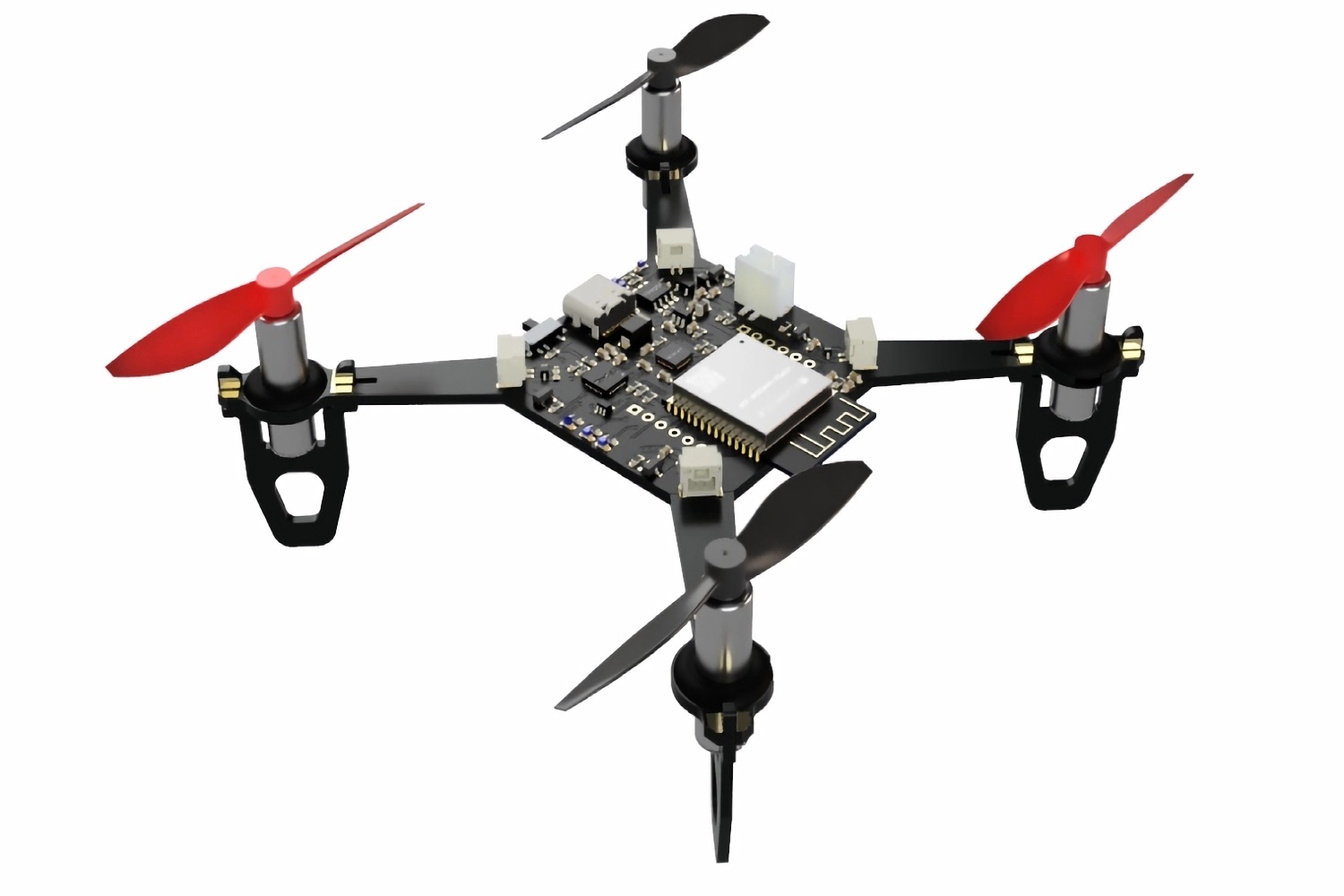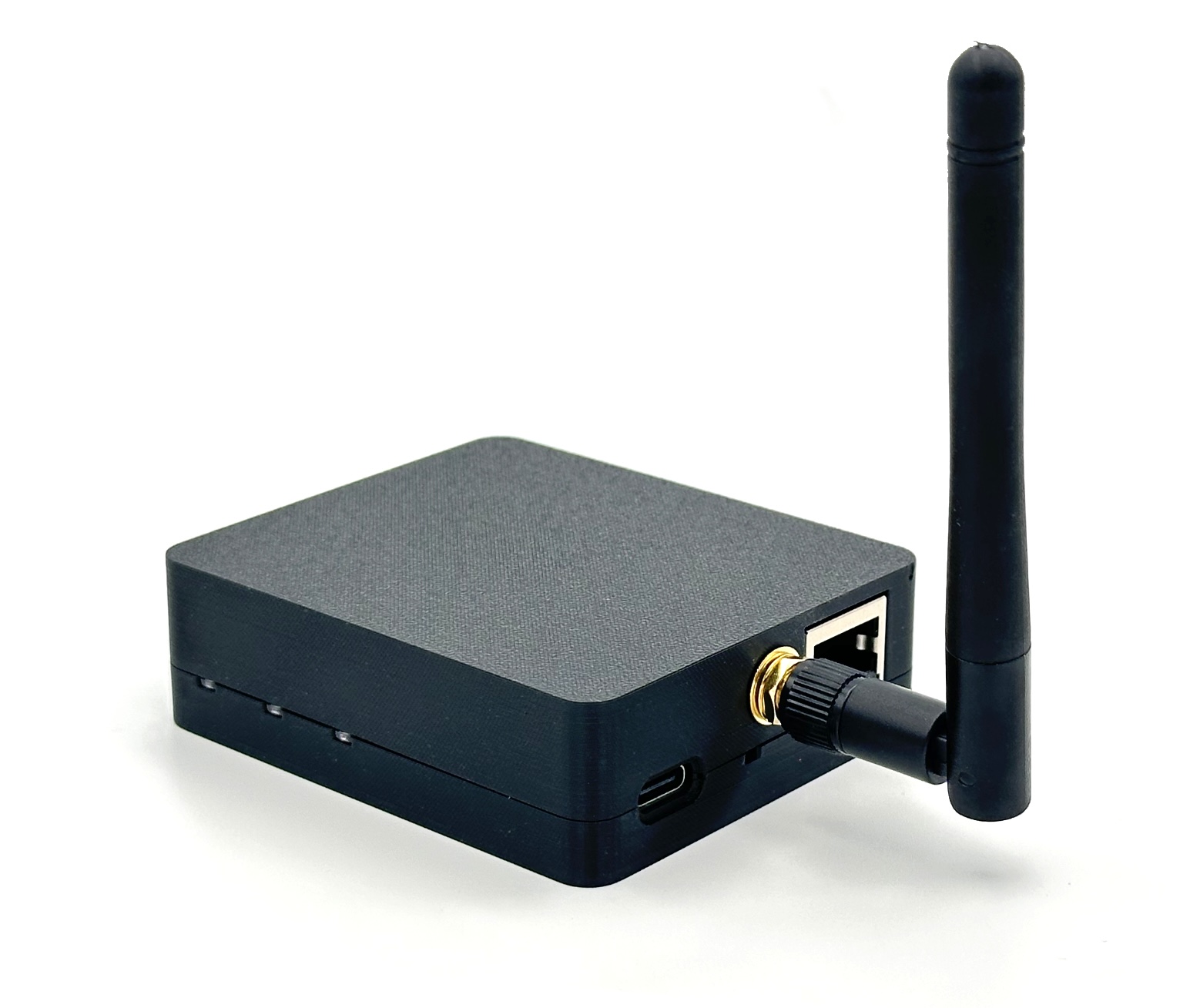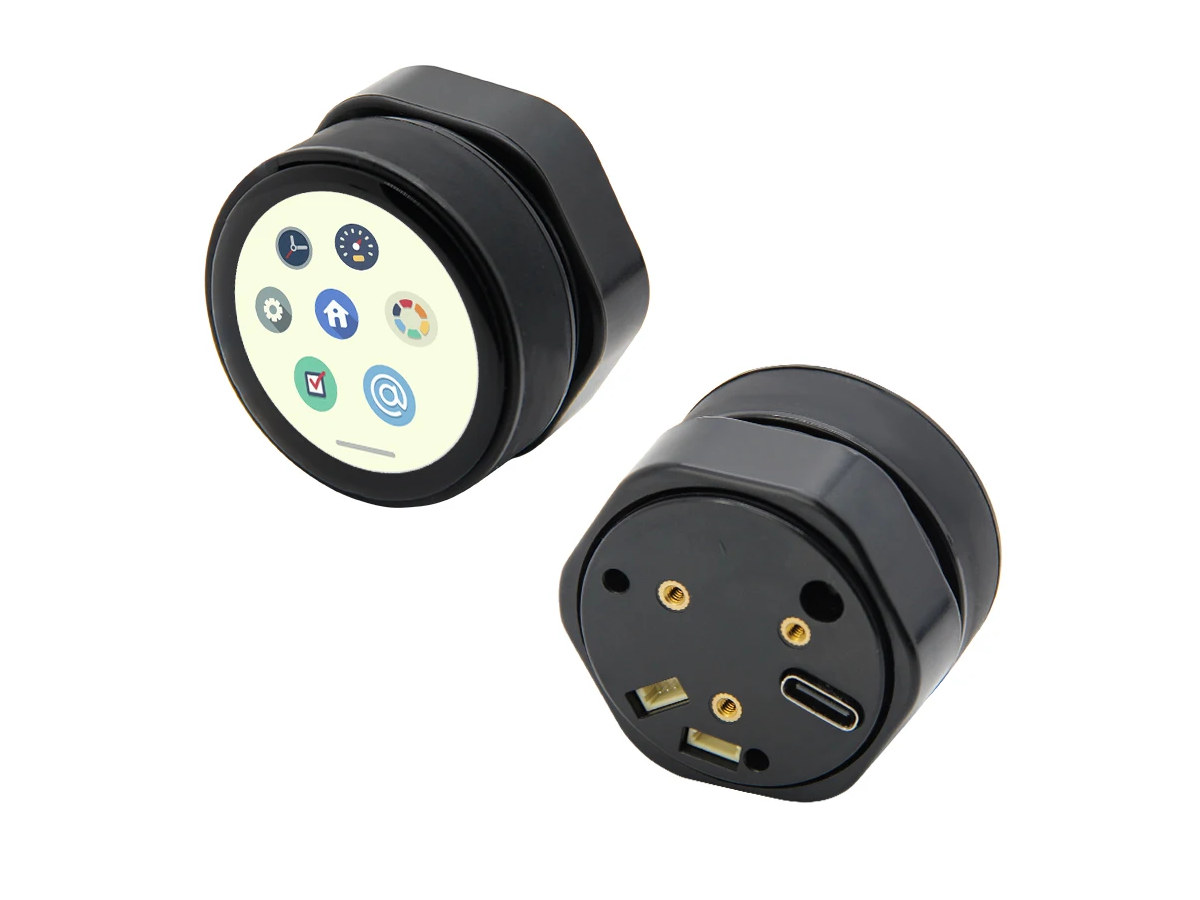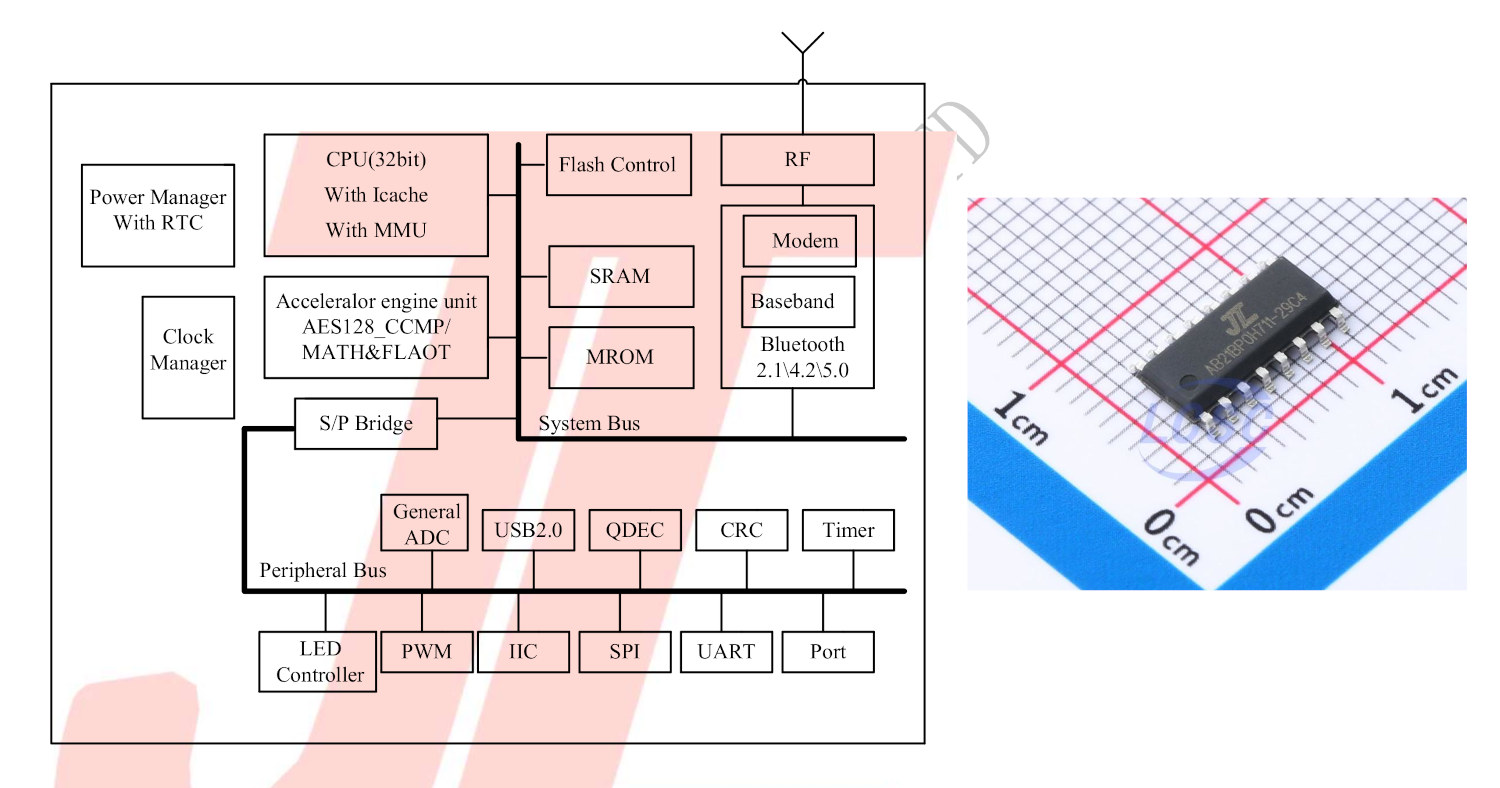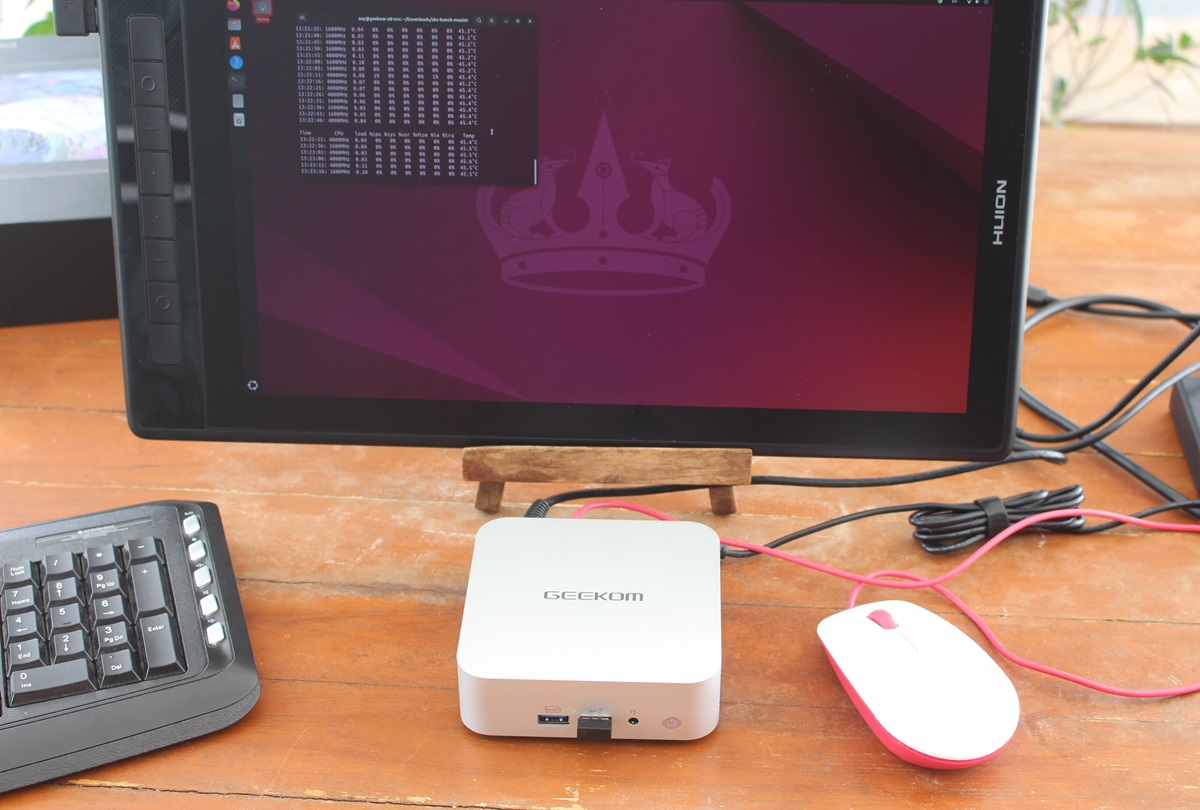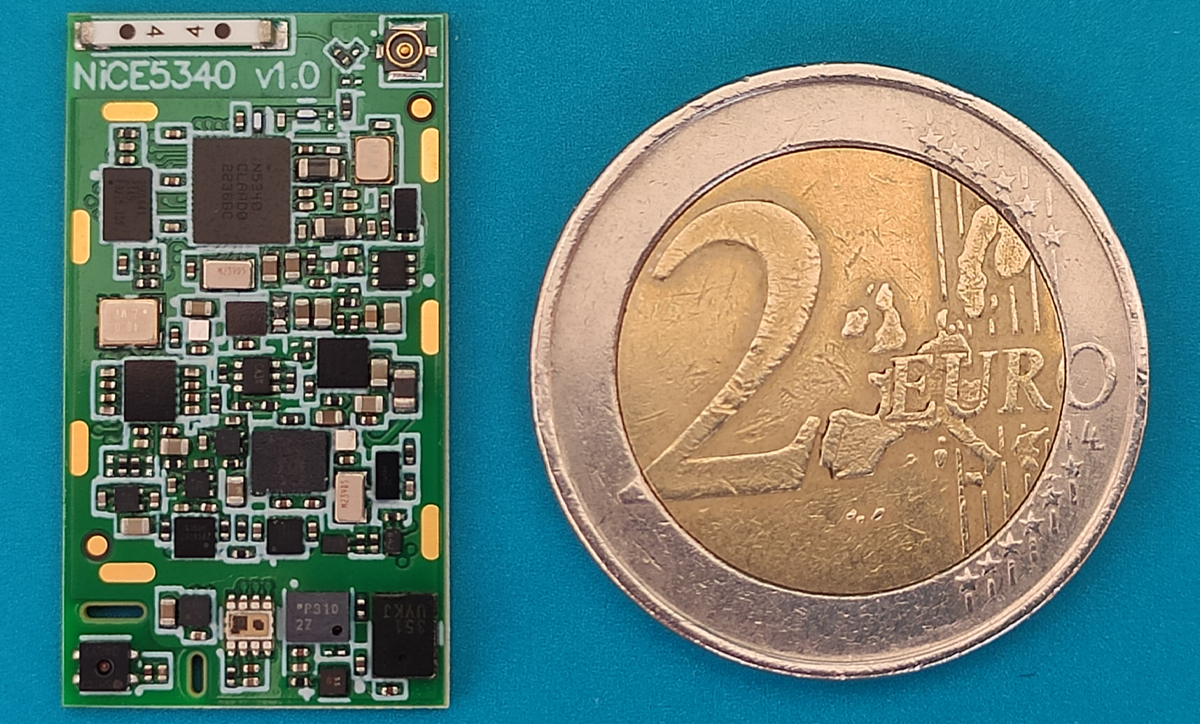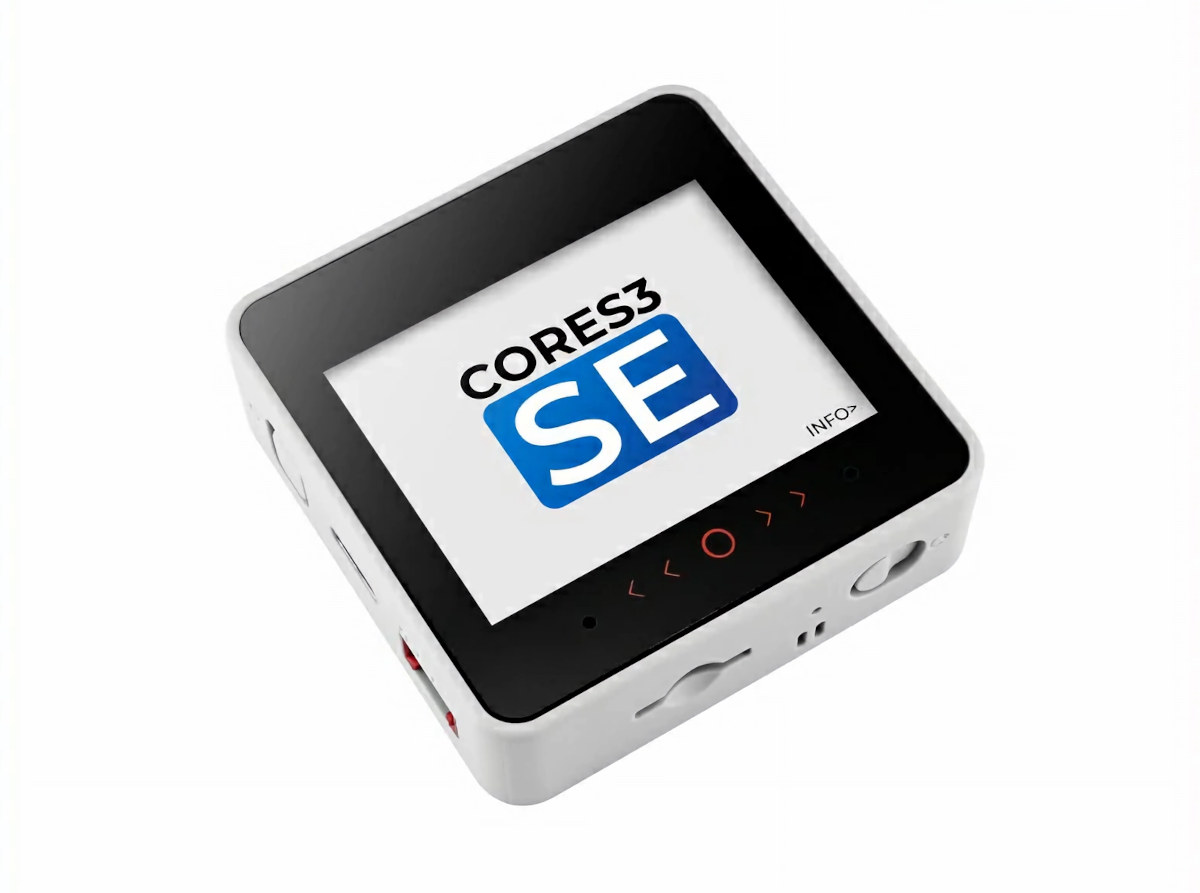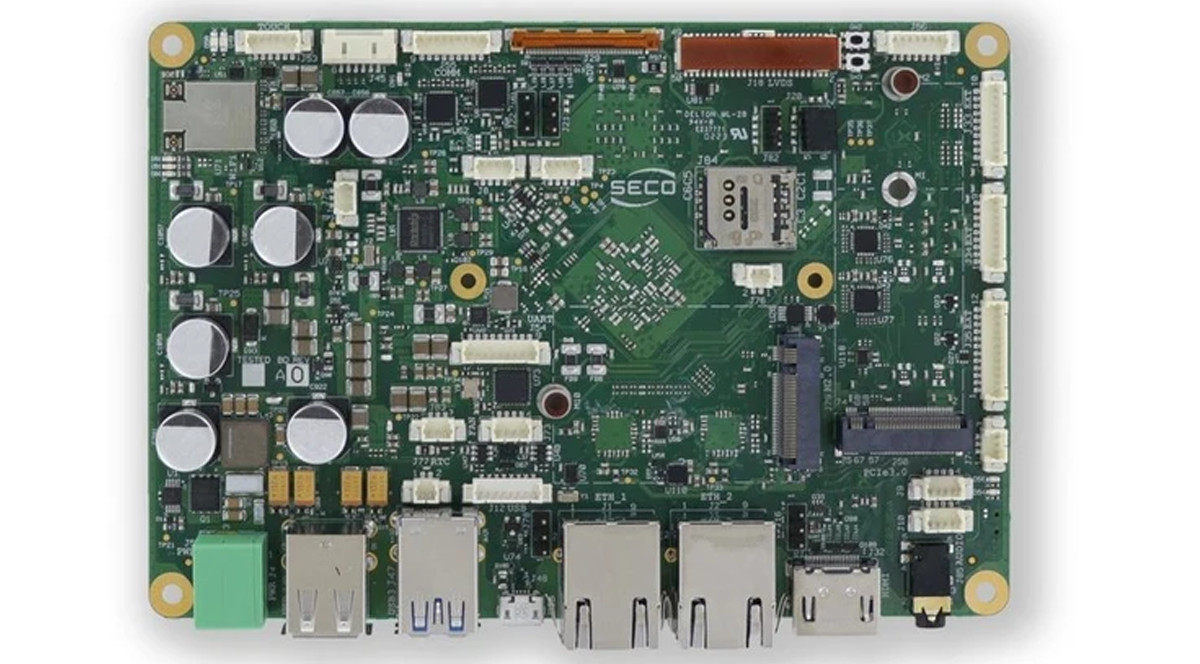The SkyByte Mini is a simple, miniature drone powered by the ESP32-WROOM-32 WiFi and Bluetooth module, and comprised of an MPU6050 inertial measurement unit, coreless motors, and plastic propellers. The Espressif ESP32-WROOM-32 module on the board provides a wireless connection that can be used to control the drone from a mobile app. The printed circuit board uses an “all-in-one” design that removes the need for 3D-printed parts and makes for a more compact final product. The drone’s functionality can be extended with external sensors to suit desired applications. It can be used for hobbyist and educational purposes. SkyByte Mini drone specifications: Wireless Module – ESP32-WROOM-32 module, dual-core Tensilica processor, with integrated Wi-Fi + Bluetooth 4.2 LE Motor control – 4x SI2302 N-Channel 20V MOSFET USB – USB-C port for power and programming Sensor – TDK Invensense MPU6050 IMU 3-axis gyroscope and 3-axis accelerometer Misc- 3x debugging LEDs, 1x power LED, […]
Zigbee Coordinator CC2652P7 1.0 runs open-source firmware, works with Zigbee2MQTT, Home Assistant, and ioBroker
The cod.m Zigbee Coordinator 1.0 (CZC 1.0) is a hybrid ZigBee coordinator that can be used to connect devices over a network (Ethernet/Wi-Fi) and USB. The ZigBee Coordinator version 1.0 is an upgrade of version 0.2 released in 2022. The CZC 1.0 replaces the Texas Instruments CC2652P2 chip with the much more powerful CC2652P7 chip, uses an ESP32-WROOM-32E module instead of the USR-K6 chip, and adds compatibility with Home Assistant (ZHA integration). It can create a Zigbee network and pair Zigbee devices over Ethernet, WiFi, or Serial (USB). It features the same Texas Instruments CC2652P7 chip as the SMLIGHT line of Zigbee Ethernet/WiFi/USB coordinators and USB dongles. There are two models of the CZC 1.0: a Power over Ethernet model and a model that can only be powered via USB-C. cod.m Zigbee Coordinator specifications: Zigbee SoC – Texas Instruments CC2652P7 Arm Cortex-M4F microcontroller @ 48 MHz with 704 KB flash, […]
ESP32-S3 rotary encoder features 1.2-inch AMOLED touchscreen display and Qwiic connectors
LILYGO T-Encoder-Pro is a rotary encoder based on Espressif Systems ESP32-S3 WiFi and Bluetooth SoC, equipped with a 1.2-inch AMOLED with touchscreen support, and two Qwiic connectors for expansion. LILIGO T-Encoder was introduced in 2022 with ESP32 WiFi and Bluetooth SoC and a few GPIOs that enabled it to be fitted on a 2-key keypad shield. The LILYGO T-Encoder Pro has a completely different design with a more advanced ESP32-S3 SoC, an integrated touchscreen display, and GPIOs are now exposed through Qwiic connectors instead of headers. LILYGO T-Encoder-Pro specifications: Wireless SoC – Espressif Systems ESP32-S3R8 CPU – Dual-core Tensilica LX7 @ up to 240 MHz with vector instructions for AI acceleration Memory – 512KB RAM, 8MB PSRAM Wireless – 2.4 GHz WiFi 4 and Bluetooth Storage – 16 MB flash (W25Q128) Display – 1.2-inch rounded AMOLED with ∅390mm resolution via SH8601A-W14-T06 QSPI controllers; CHSC5816 I2C touch and rotary encoder chip […]
JieLi Tech AC6329C4 is a 35 cents Bluetooth 5.0 microcontroller
JieLi Technology AC6329C4 is an ultra-cheap microcontroller with Bluetooth 5.0 connectivity and several I/Os including some for motor control that sells for just 35 cents on LCSC in single units, or 25 cents per piece for 1K+ orders. The microcontroller features a 32-bit RISC core clocked at 96 MHz with 73KB SRAM, and up to 4Mbit (512KB) flash. The 16-pin (SOP16) package offers plenty of multiplexed interfaces including USB 2.0, ADC, PWM, I2C, SPI, UART, and in-phase (I) and quadrature (Q) encoders. AC6329C4 specifications: CPU – 32-bit RISC CPU @ 96 MHz with Cache – 8KB I-cache 2-way, 1KB R/O cache 1-way 64x Vectored interrupts 8x Levels interrupt priority Memory – 73KB data RAM Storage – 4Mbit flash (another part called AC6329C2 comes with 2Mbit flash) Bluetooth CMOS single-chip fully-integrated radio and baseband Compliant with Bluetooth 5.0+BR+EDR+BLE specification Bluetooth Piconet and Scatternet support Meets class2 and class3 transmitting power requirement […]
GEEKOM A8 Review – Part 3: Ubuntu 24.04 tested on an AMD Ryzen 9 8945HS mini PC
We’ve already checked out GEEKOM A8 mini PC hardware with an unboxing and a teardown, before testing the AMD Ryzen 9 8945HS mini PC in Windows 11 Pro, and we’ll now report our experience with the GEEKOM A8 running Ubuntu 24.04 to see how it performs in Linux. We tested most features of the GEEKOM A8 mini PC on Ubuntu 24.04, ran several benchmarks to compare it to the similar GEEKOM A7 mini PC, performed storage and networking performance testing, ran stress test to check thermal performance, and measured fan noise and power consumption under various conditions. Installing Ubuntu 24.04 on the GEEKOM A8 mini PC As usual, we resized the Windows 11 partition to install Ubuntu 24.04 alongside Microsoft OS using a bootable USB flash drive created with the Ubuntu ISO. But you’ll notice BitLocker is enabled so the Ubuntu 24.04 installation can’t proceed. The installation wizard will ask […]
NiCE5340 SoM packs Nordic nRF5340 MCU, Lattice iCE40 FPGA, and 11 sensors into a tiny 29x16mm form factor
Stefano Viola’s NiCE5340 SoM is built around a Nordic Semi nRF5340 Bluetooth SoC, an iCE40 FPGA, 11 sensors, a battery charger, and various other peripherals in a 29×16 mm form factor. The nRF5340 used in the SoM is a low-power, dual-core Arm Cortex-M33 SoC with Bluetooth 5.4, Bluetooth LE (BLE), Thread, Zigbee, and other proprietary protocols. Meanwhile, the Lattice iCE40 FPGA features 3520 logic cells, 80 Kbits of embedded Block RAM, I2C, and SPI blocks, and many other features that make it suitable for applications like environmental monitoring, health tracking, and others. Previously, we have written about Unexpected Maker NANOS3, TinyS3, FeatherS3, and ProS3 boards, and ESP32-S3 4G dev board which all fall under the tiny and compact board category but this is the first time we have seen an MCU board with so many features built into a module of that size. Stefano Viola’s NiCE5340 SoM Specification ICs Nordic […]
M5Stack CoreS3 SE cost-down ESP32-S3 IoT controller features a 2-inch touch display, a microSD card slot, a speaker, two microphones
The M5Stack CoreS3 SE, also called M5CoreS3 SE, is a cost-down version of the M5Stack CoreS3 IoT controller based on the ESP32-S3 wireless microcontroller with a 2-inch capacitive touch display, a microSD card slot, a USB-C port, a speaker, two microphones, and one Grove connector for expansion. The M5Core S3 SE loses the DIN Base so the associate features are gone and DIN rail mounting is not possible by default anymore. That also means the M5Stack CoreS3 SE controller is about twice as thin, and the color is also different (medium grey vs black grey). Major internal changes include the removal of the camera and the three sensors found in the original model. M5Stack CoreS3 SE specifications with highlights in bold and strikethrough showing differences against the CoreS3 model: Wireless MCU – Espressif Systems ESP32-S3FN16R8 CPU – Dual-core 32-bit Xtensa LX7 microcontroller with AI vector instructions up to 240MHz, RISC-V […]
SECO SBC-3.5-RK3568 – A Rockchip RK3568 3.5-inch SBC with dual gigabit Ethernet
SECO SBC-3.5-RK3568 is a feature-rich 3.5-inch SBC powered by a Rockchip RK3568 quad-core Cortex-A55 AI SoC which includes up to 4GB DDR4-3200 memory, 64GB eMMC 5.1 flash, three display interfaces (HDMI, LVDS, eDP), dual gigabit Ethernet, and various expansion headers for industrial applications. Additionally, it also features, Wi-Fi 802.11 a/b/g/n/ac, Bluetooth 5.0, and LTE support via M.2. USB connectivity includes two USB 3.0 Type-A, and multiple USB 2.0 ports with OTG, alongside RS-232, RS-422, RS-485, and TTL UART ports and more. Previously we have written about similar SBCs powered by the Rockchip RK3568 SoC like the AAEON RICO-3568, the RK3568 Tinker Board 3N, the Radxa ROCK 3B and many others feel free to check those out if you are interested in the topic. SECO SBC-3.5-RK3568 Specifications: SoC – Rockchip RK3568 CPU – Quad-core Cortex A55 processor at up to 2.0 GHz GPU – Mali G52 GPU with support for OpenGL ES 1.1/2.0/3.2, […]


